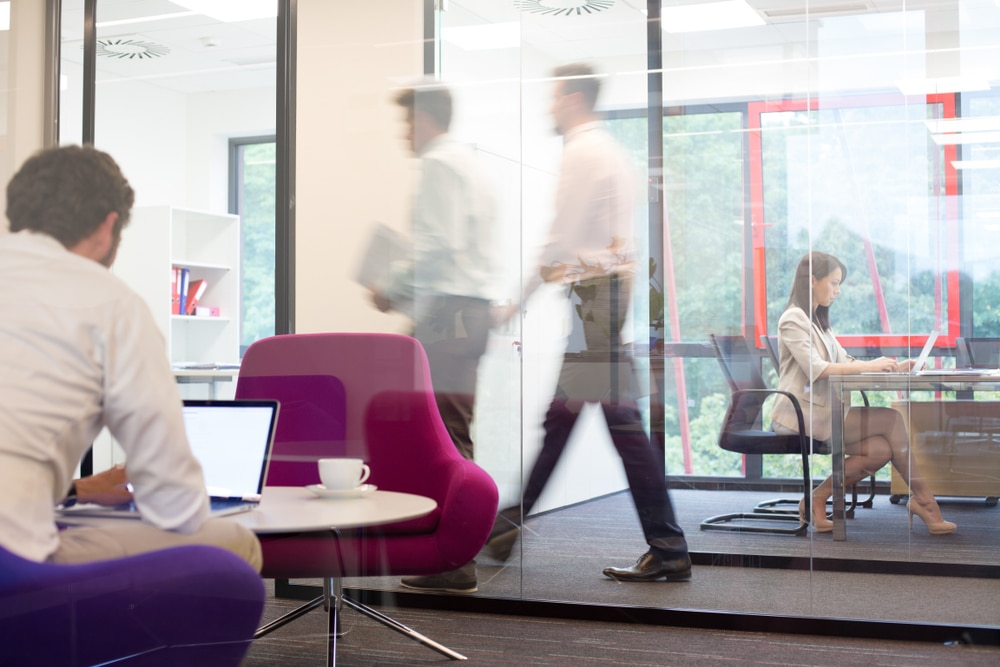Designing Office Spaces for Introverts and Extroverts
Is your office space designed with both introverts and extroverts in mind? Your workforce is diverse and it is important to accommodate for your employees’ different needs in order to bring out their best work. Introverts and extroverts have very different work styles, and here are some tips on how to design office spaces that will make both personality types happy.
What needs do introverts have in the workplace?
Introverts are drained by social interactions, and require alone time to recharge and function at their best. Introverts typically do their best work when they have privacy and quiet away from distractions in order to focus. They typically don’t enjoy small talk, and don’t like to speak without thinking. Think of that employee who might not speak up much in meetings, but always has something interesting to say when they do.
How can you help introverts thrive in the office?
In her book The Power of Introverts in a World That Can’t Stop Talking, Susan Cain talks about the need for restorative niches. There are spaces an introvert might go to recharge after an exhausting social experience.
Instead of one large employee lounge or conference room, try installing multiple small lounges or meeting rooms where one might be able to find privacy if they need it. Give your employees the option to choose whether they’d like to work in a cubicle or private office vs. an open concept area. You might even consider giving employees the option to work in the office or to work remotely.
While you might think having all your employees in an open concept environment would increase productivity and collaboration, it actually hurts the productivity of those employees who do their best work alone. This is why it is important to design your office space with restorative niches for people to escape when they need alone time.
What needs do extroverts have in the workplace?
Extroverts are the opposite of introverts in that they derive energy from social interactions. Rather than feeling drained when being around people, this is when extroverts thrive. While introverts do their best work in private, extroverts might feel restless or uninspired sitting in a cubicle all day, and will need ample opportunities for social interaction to function at their best.
How can you help extroverts thrive in the office?
A restorative niche for an extrovert looks very different from that of an introvert. When an extrovert wants to recharge, they will seek out social spaces where they can have a good chat with a coworker or collaborate with a partner on a project.
Again, you want to give your employees options. Design your cafeteria with multiple seating options such as private booths for the people who want to be alone, and large, open tables for the people who want to socialize. Multiple small meeting rooms could serve both as a private space for an individual, or a gathering space for a small group. Include lounge areas that could serve as both private spots or social spots.
Conclusion
Your workforce consists of both introverted and extroverted employees and the office space should address the needs of both groups to help them be happy and productive. Design an office that works for both, with spaces available for privacy, and spaces available for socialization. Remember that sometimes introverts may want to socialize, and sometimes extroverts may want some alone time too, so everyone benefits from an office space that incorporates restorative niches for both.
Do you feel like your office space might need some work in order to meet the needs of both introverts and extroverts? Let us help you with your redesign.




